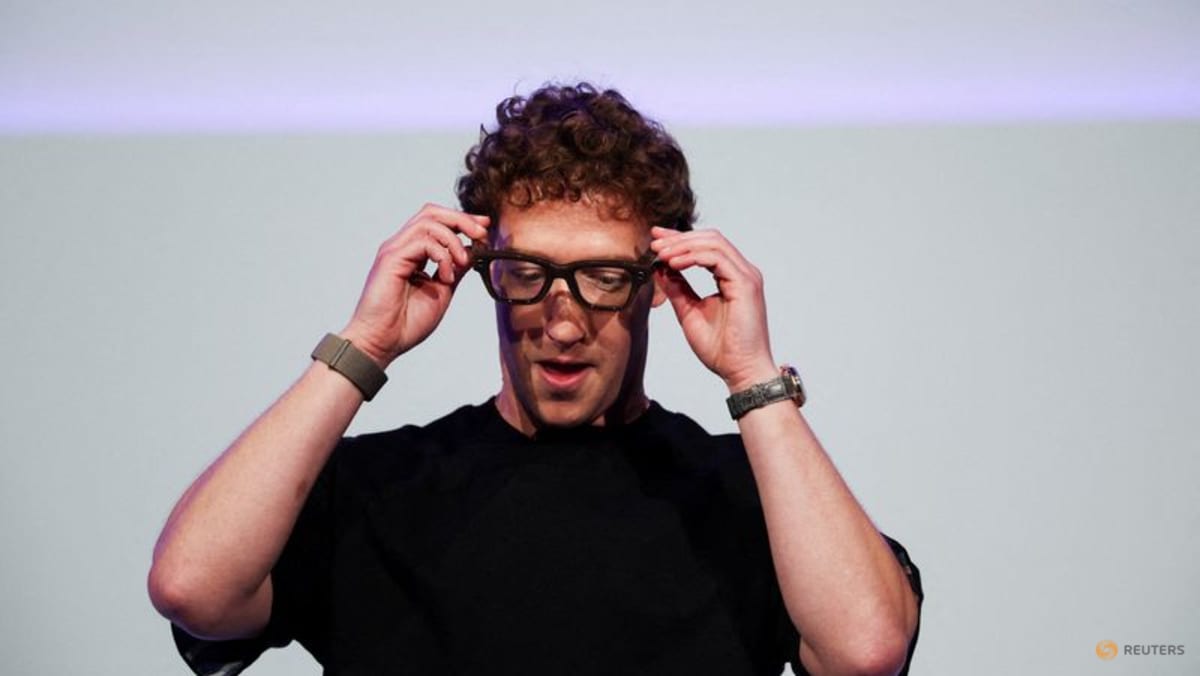FULL CIRCLE IN PURSUIT OF AUGMENTED REALITY
For all the hiccups and uncertainties, the Meta Ray-Ban Display shows how the tech giants have turned full circle in their pursuit of augmented reality to get back to Google’s false start.
Microsoft’s Hololens unveiled in 2015 and the glasses from much-hyped start-up Magic Leap in 2017 were an attempt to put a full digital overlay on the real world. AR technology was nowhere near ready to support the holographic displays these companies were striving for.
Nor is it clear many people would want to wear a new kind of all-purpose face computer capable of replacing much of what they do on their other devices. The “more is more” trend in augmented reality reached its apotheosis early last year in Apple’s Vision Pro, a headset that tried to do it all but failed to catch on.
The more promising road started, instead, at the other extreme: with Snap’s Spectacles, a minimalist device that put a camera in a set of frames. That helped define a clear use case for smart glasses: taking photos or videos without needing to pull out a smartphone.
Meta, which adopted the simple camera idea with its first smart glasses four years ago, is taking things further. It had already brought artificial intelligence to the frames, in the form of a voice-activated assistant accessed through an embedded microphone and speakers.
